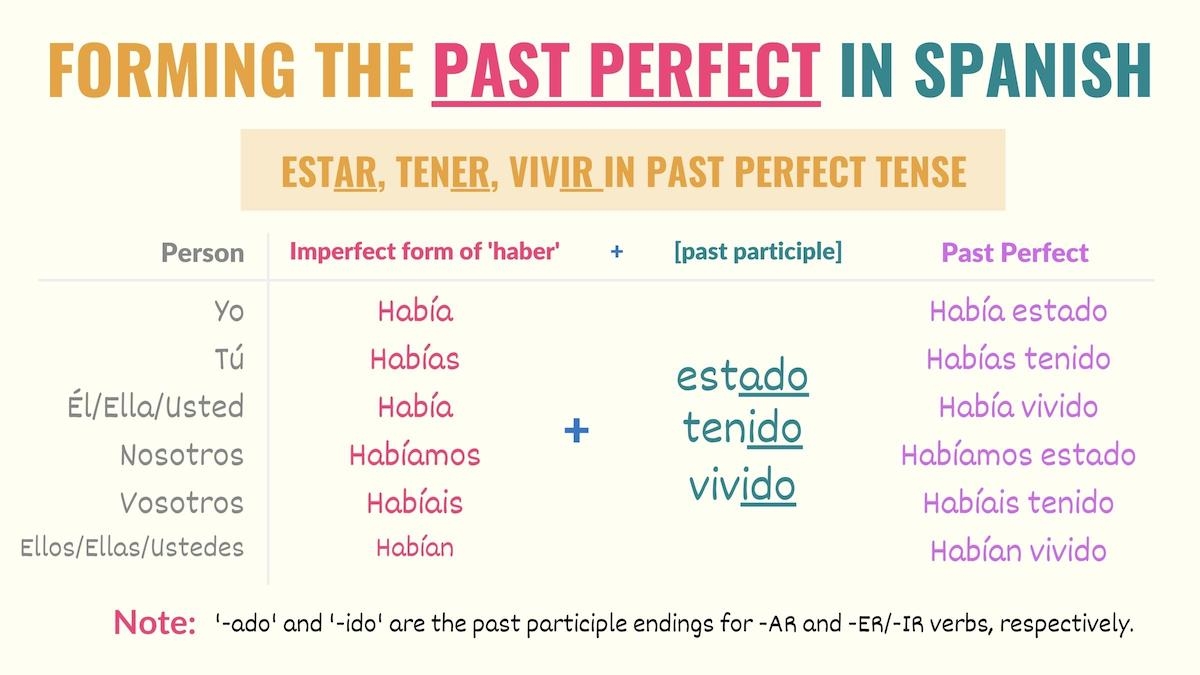Understanding when to use past perfect tense can sometimes be a bit confusing, but it can add clarity and precision to your writing. The past perfect tense is used to indicate that an action took place before another action in the past. It is often used to show cause and effect, or to indicate a sequence of events.
Here are some situations in which you should consider using the past perfect tense:
1. When discussing two actions that happened in the past, with one action occurring before the other: For example, “By the time I arrived at the party, everyone had already left.” In this sentence, the action of leaving the party (everyone had left) happened before the action of arriving at the party (I arrived).
2. When telling a story or recounting events that happened in the past: Using the past perfect tense can help to clearly establish the sequence of events. For instance, “She had studied for hours before taking the exam, but she still felt unprepared.” Here, the action of studying (she had studied) happened before the action of taking the exam (she felt unprepared).
3. When expressing regrets or wishes about past events: The past perfect tense can be used to show that something could have been different if a different action had been taken in the past. For example, “I wish I had known about the meeting earlier; I would have attended if I had.” In this sentence, the speaker expresses regret for not attending the meeting, which could have been different if they had known about it earlier.
4. When reporting on past events that are no longer relevant or have since changed: Using the past perfect tense can help to clearly indicate that the events being discussed are in the past and have no bearing on the present. For example, “He had already finished his presentation when the client arrived.” In this sentence, the action of finishing the presentation (he had finished) is completed before the client arrived.
Overall, the past perfect tense can be a useful tool for indicating the sequence of events and relationships between actions in the past. By understanding when to use it, you can enhance the clarity and precision of your writing.
